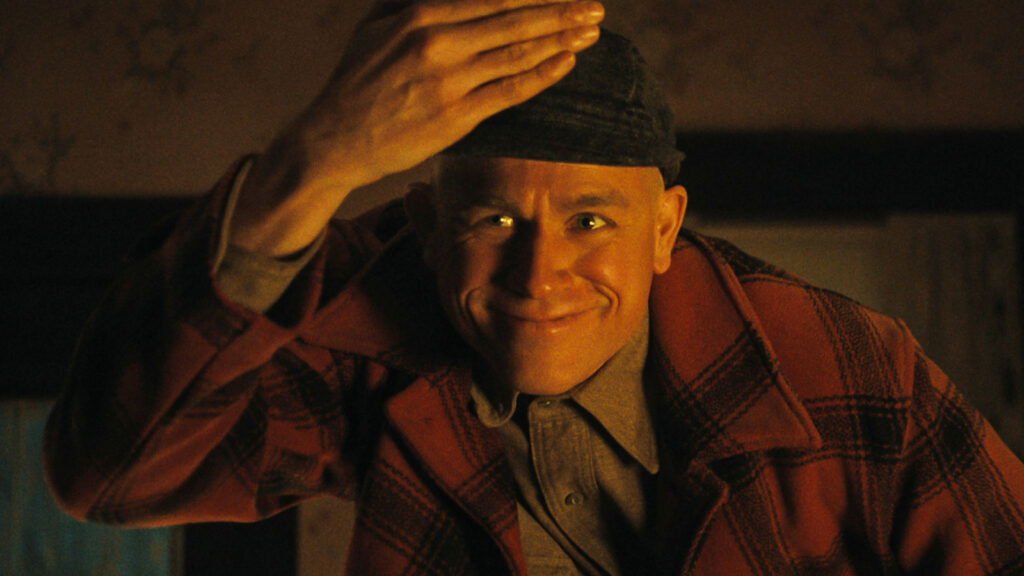Netflix’s latest season of Monster, focusing on Ed Gein, has left many viewers fascinated and disturbed in equal measure. The finale hints that the infamous “Butcher of Plainfield” may have found a new sense of purpose by assisting law enforcement in catching other serial killers, even implying a connection with Ted Bundy.
However, Gein, who was charged in 1957 and passed away at a psychiatric institution in 1984, was not at all connected with Bundy. Despite the finale episodes hinting at it, it is just a dramatised version of the tale for added effect (via Cosmopolitan).
Ed Gein’s New-Found Purpose and How Was It Related to Ted Bundy?
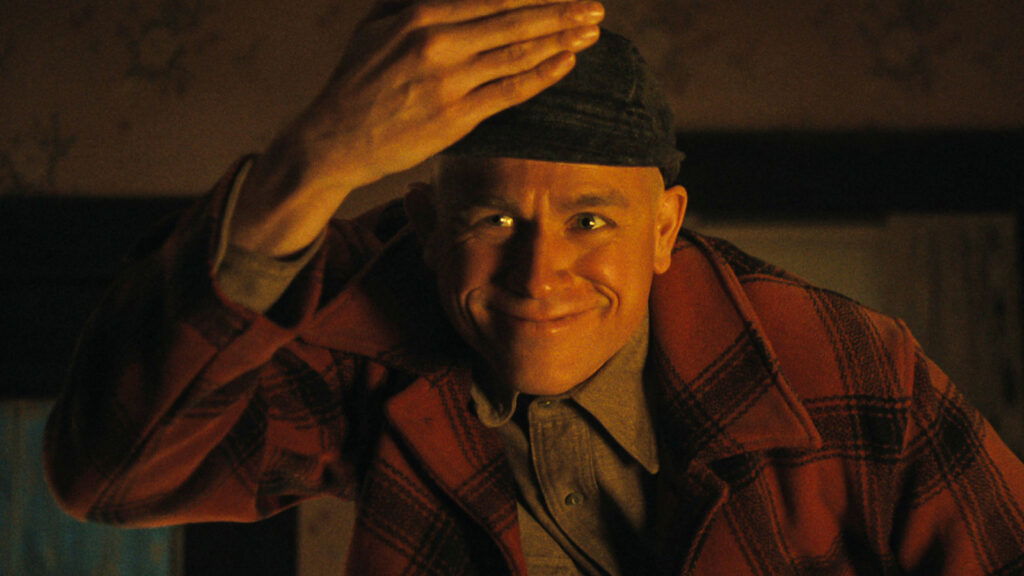
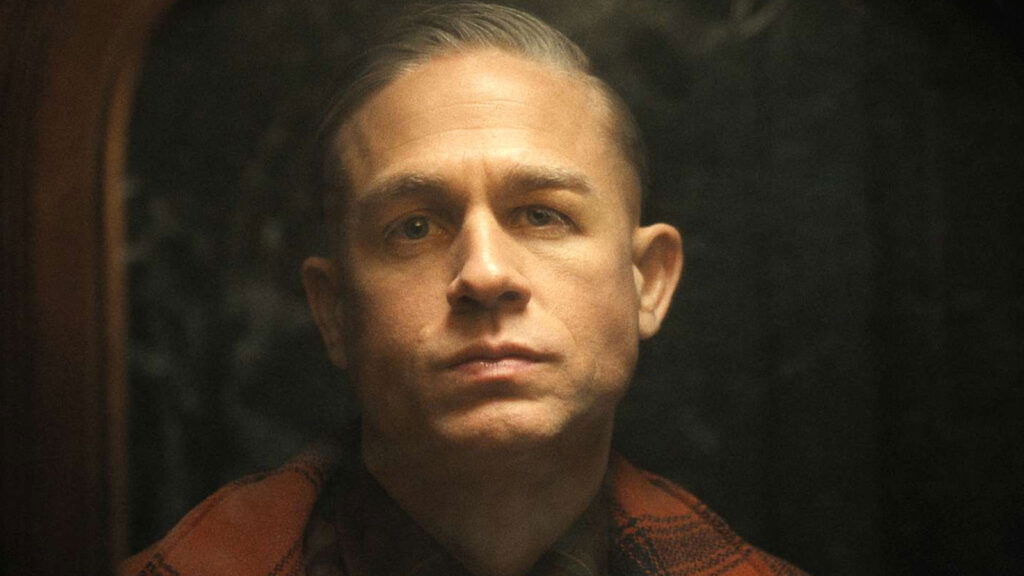
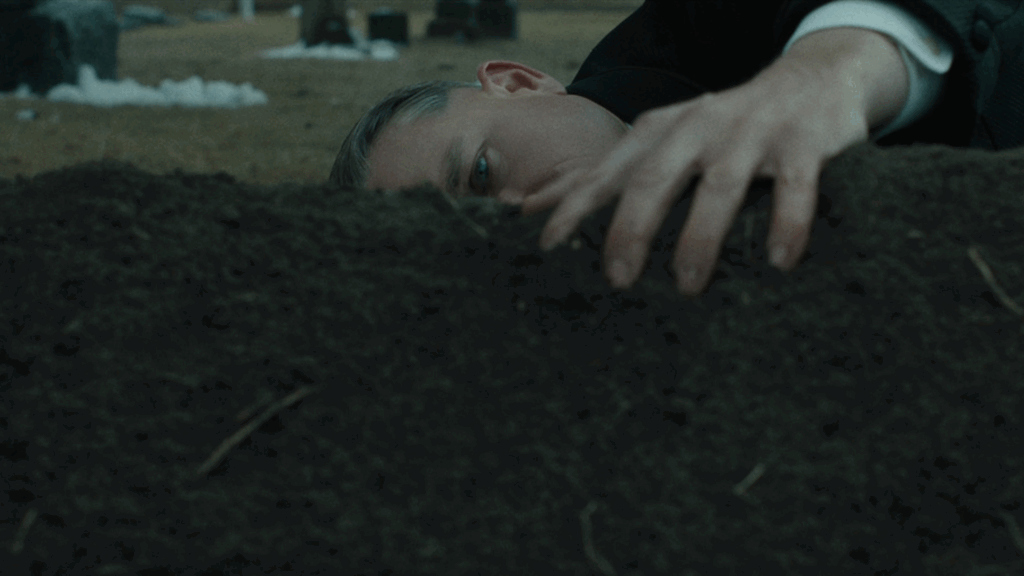

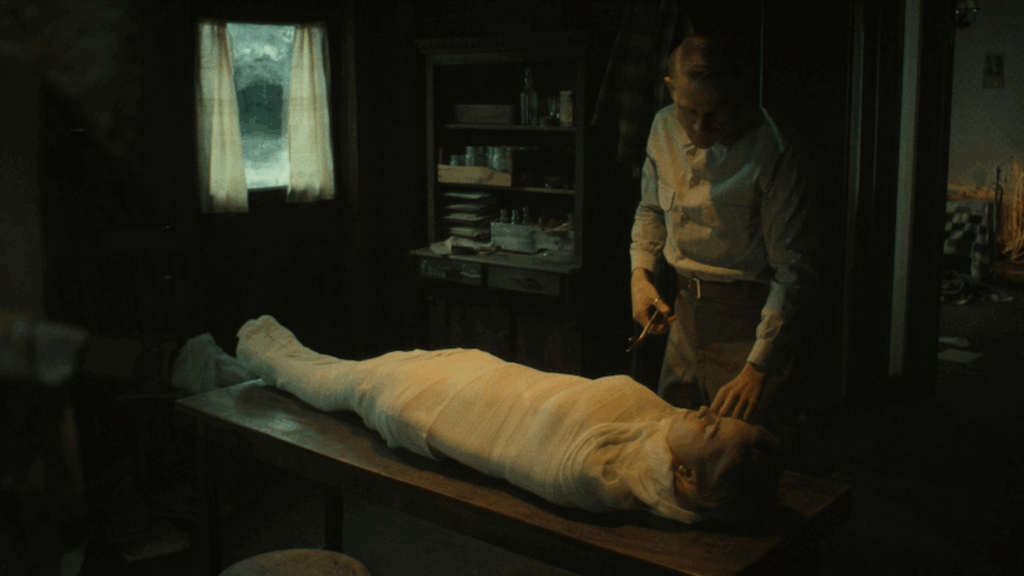
In Monster: The Ed Gein Story, the final scenes show Gein in a psychiatric facility, approached by a young FBI agent who believes his “insight” could help understand another emerging serial killer, Ted Bundy.
Bundy was a notorious serial killer who was active between 1974 and 1978, and kidnapped, r*ped, and murdered dozens of women. The show suggests that Gein finds helping the FBI in catching Bundy as a new purpose in life, giving him a redemptive arc that humanizes the murderer in his final days.
However, this plotline of Gein finding a new purpose is purely fictional and is just a delusion that Gein seems to be in due to his deteriorating health. These events are just figments of his imagination and meant to demonstrate Gein’s schizophrenic personality (via Netflix).
The connection between Gein and Bundy exists only thematically. Both killers inspired later portrayals in horror (Psycho, The Texas Chain Saw Massacre, and The Silence of the Lambs), but they never crossed paths or shared investigative links.
Did Ed Gein Kill His Brother in Real Life?

In the first episode of Monster: The Ed Gein Story, we see Charlie Hunnam’s Ed Gein killing his elder brother after he expressed his feelings to get away from their controlling mother. He strikes Henry’s head with a piece of wood, drags him to the woods, and sets a bush fire.
The event in the series took place in the woods, but in reality, it all happened in the spring. In real life, Ed told the police that Henry was missing. When investigators found Henry’s body, he was lying facedown and had severe burns.
Even though he had a bit of what seemed to be wounds, ultimately his death was ruled out as a sign of asphyxiation leading to heart failure (via USA Today).
The incident was never reopened, but many historians and true-crime experts believe it was Ed’s first murder, motivated by jealousy and resentment. The show once again dramatizes events, Henry’s death as the moment Ed’s delusions and twisted devotion to his mother took over completely.
Monster: The Ed Gein Story walks a tightrope between historical fact and psychological fiction. Reimagining him as a tragic yet deadly figure, Netflix’s Monster blends the real and imagined in a way that continues to haunt modern audiences. What do you think about the series? Let us know in the comments below.
Monster: The Ed Gein Story is available for streaming on Netflix.

